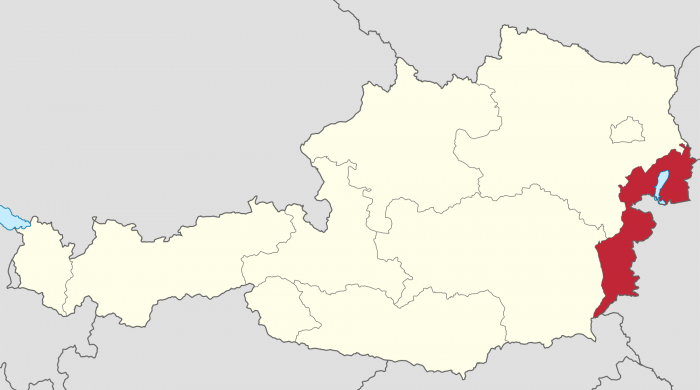What do you bust out when it’s time to surprise your guests with an obscure and unexpected, yet totally enjoyable bottle of wine? Perhaps some Zweigelt (pronounced TSVY-galt) is in order.
Don’t be surprised if you haven’t heard of the stuff. It doesn’t exactly flow off the tongue like “Merlot” or “Brunello” – though “Zweigelt” is arguably way sexier than its original name, “Rotburger”, which sounds like something on the menu at a North Korean prison camp. Good luck marketing it under that moniker.
Contents
Background
Zweigelt was developed by Dr. Fritz Zweigelt in 1922 and today it’s the most widely grown red grape in Austria, with roughly 20,000 acres planted. The varietal is still relatively obscure beyond Austria, with just a few acres here and there in Canada and Hungary.
Style & Flavor
Zwiegelt is known for its bright fruity flavor, similar in a way to Beaujolais or Zinfandel. The vast majority of Zweigelt can be classified as easy drinking, with bright acidity, red fruit flavors, subtle earthiness, a hint of pepper and cinnamon and soft tannin defining the palate. However some modern examples show heavier oak influence, which can sometimes obscure those delicate flavors. It’s also an early ripening grape, and that typically results in lower alcohol levels. In the glass it shows off a bright, iridescent ruby/purple color.
Growing Region
It’s primarily grown in the Burgenland region, located on the eastern side of Austria. Many of the vineyards there wrap around lake Neusiedlersee, a shallow body of water that helps produce a unique microclimate noted for its high humidity. In recent years wineries there have poured money into developing the area into a premier destination, attracting more skilled winemakers and elevating the style of wines produced.
Food Pairing
The brisk acidity sets it apart from other red wines and also makes it a great wine to pair with food, slicing through fatty and rich flavors like a paring knife through soft butter. You can imagine certain Austrian dishes like this bean stew and sausage or spaetzle with cheese and caramelized onions.

Last Bottle has offered a few examples, including Meinklang’s organic Zweigelt for just $14. This stuff is layered with crushed flowers, cinnamon, mineral, dark cherries.
After the great anti-freeze scandal in 1985, American wine consumers had good reason to steer clear of Austrian wine. As time passed and those memories faded, certain varietals like Riesling and Grüner Veltliner enjoyed a rise in consumer interest and now Zweigelt is riding on the heels of their success. It can generally be had for $20 or less per bottle, and while it’s still not something you’re likely to find on your local store shelf, we suggest you snag a bottle next time you do spot it.
References











